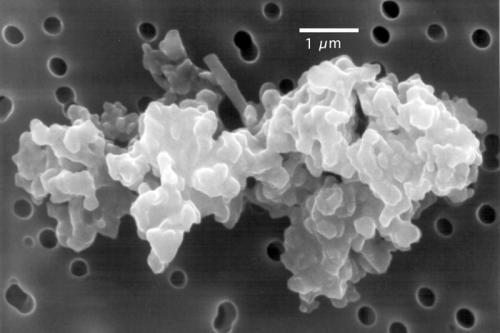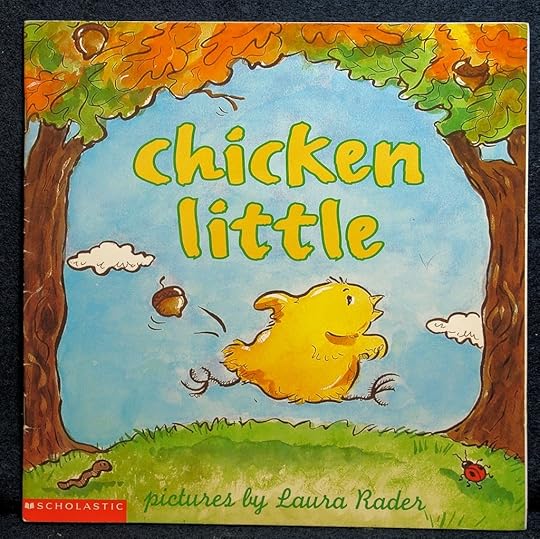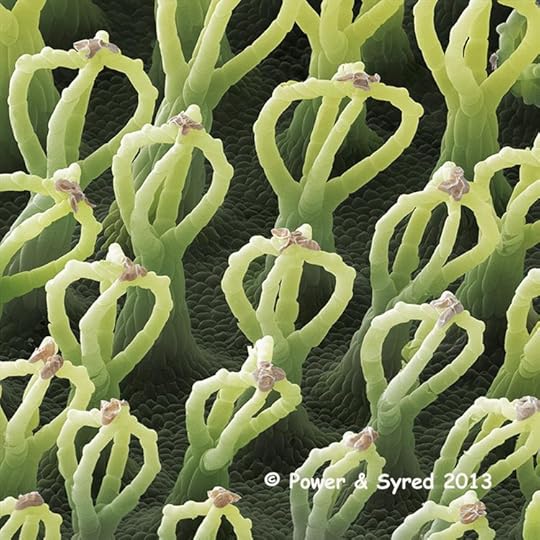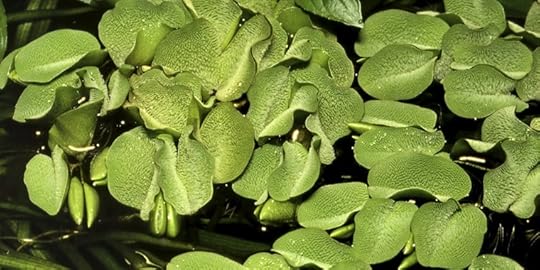Kristen Wolf's Blog: www.wonderchews.com, page 2
November 8, 2015
The Sky Is Falling!
Remember all the abuse Chicken Little took for warning his friends? Well, turns out he was right.
In 1964 on a clear winter’s day in Sylacauga, Alabama, a woman settled onto her couch, covered herself with quilts and fell asleep. Not long after, an 8-pound chunk black rock crashed through the ceiling, bounced off a cabinet radio, and hit her in the thigh.
The event crowned Ann Hodges with the grand title: “Only Person Known To Have Been Struck By A Meteorite” and caused quite a stir the world over. Strangely, no similar incident was ever described in the historical texts of any age. In addition, all modern-day accounts of meteorites striking humans — despite considerable sensationalizing in the press — have so far proven untrue.
But if we focus solely on such dramatic events such as Ann Hodges being struck, the meteor flaring over Chelyabinsk, or the strike that erased the dinosaurs, we are led to believe that we exist at a fairly safe distance from outer space and rarely come into contact with its materials.
Nothing could be further from the truth.
In actuality, we are inhaling, ingesting, and being showered with vast amounts of material from outer space — in the form of space dust — every single day.
Space dust?
Yes. Otherwise known as cosmic dust or micrometeoroids, this charmed material (composed mostly of metal and mineral atoms) travels through interstellar space for billions of years until eventually, by fate or chance, it passes through our atmosphere and comes to rest on Earth.
“The fragments are either remnants from the solar system’s formation, or they are produced by collisions between asteroids or comets from long ago,” says Diego Janches, who studies micrometeoroids at NASA’s Goddard Space Flight Center.

So there’s star dust falling on Earth from outer space. Okay.
But just how much are we talking? you might ask.
The amount has been variously calculated over the years. And it’s obviously not an easy task. The most recent and well-supported estimate, published by scientists in the Journal of Geophysical Research, is:
60 tons per day.
Yup.
And while virtually invisible space dust doesn’t attract headlines or fire our imaginations like blazing flares and sonic booms — or even Chicken Little’s acorn — I would hazard a guess that the scale of its impact is far more massive and wondrous than realized.
Whether through fertilizing plankton, seeding rainclouds and soil, streaming through cells and bloodstreams, churning its way into DNA, or having other yet-to-be-discovered effects, there can be no doubt that the materials of outer space are continually insinuating themselves into life on this planet in ways we’ve barely begun to understand.
And while these effects don’t provide dramatic photo ops such as the football-sized bruise on Ann Hodge’s hip, they are nevertheless worthy of our attention and awe — and investigation.
Who knows what we’ll discover?
I’d be bold enough to predict one thing. That at some point in the future, we’ll have to update Carl Sagan’s famous quote from:
“We are made of star-stuff.”
to…
“We are being forever re-made of star stuff.”
Just pause for one moment and think about what that might mean.
And all because, as a fluffy yellow chick rightly pointed out, the sky is falling.

Photo Credits: Ann Hodges by Jay Leviton Time Life Pictures/Getty Images; other sources unknown
The post The Sky Is Falling! appeared first on Wonderchews.
October 28, 2015
Seen and Unseen
I don’t know if this image will hit you the same way it hit me, but I still can’t get over it.
The lime green ballerinas pictured above are actually microscopic, water-repellant hairs found on the leaves of Salvinia natans, a plant known commonly as the water fern.
Each hair, approximately a millimeter in length, is designed to trap a thin layer of air between the leaf and the surrounding water, thus increasing the plant’s buoyancy and stability.
If you read science and botany journals, you’d quickly discover that this aquatic plant is considered an invasive pest owing to its ability to grow quickly into thick mats (up to 2 feet deep) that essentially extinguish all life in the depths beneath them. As a result, all manner of biological control agents have been deployed against them.
However, owing to its unique water-shedding abilities, the water fern is making a move off the most-wanted list.
Now, it seems, engineers have become fascinated by its ingenious water-repelling structures and want to figure out how the “Salvinia effect” might aid in reducing drag on the hulls of container ships (thus reducing the amount of fuel consumed and therefore reducing a considerable shipping cost etc.)
And while there is a clear benefit to such a practical application, what I’d be more interested to explore is just how in the hell this plant evolved such brilliant and intricate structures in the first place.
And how can these seemingly miraculous configurations be organized and executed time and time again?
And what other as-yet-discovered phenomena are unfolding, just under our noses, within domains as “common” as a leaf?


photo credits: Power and Syred and Wikipedia
The post Seen and Unseen appeared first on Wonderchews.
October 19, 2015
A New Favorite Word
Do you know what a baby porcupine is called?
(Brace yourself.)
A porcupette.
An attempt at usage:
“Henri had been acting prickly all day. His face creased and terse. His manner sharp as a rankled porcupette.”

Photo credits: Unknown
The post A New Favorite Word appeared first on Wonderchews.
www.wonderchews.com
- Kristen Wolf's profile
- 50 followers



